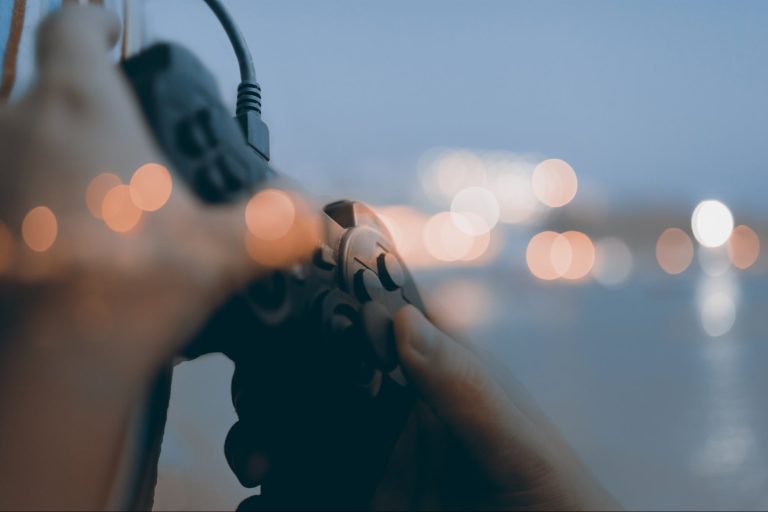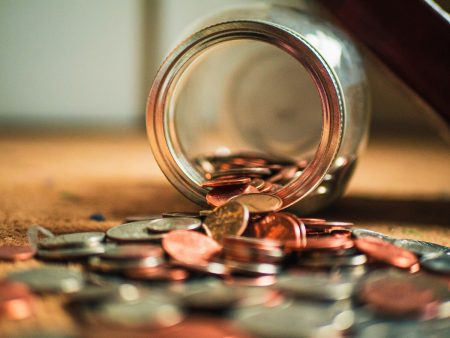Entrepreneur
In an era of dwindling attention spans and relentless digital noise, brands face an uphill battle to capture — and keep — consumer interest. Traditional advertising no longer cuts it; passive engagement is out, and interactive, reward-driven experiences are in.
Enter gamification, the strategic use of game-like elements in non-game contexts to drive participation, loyalty and habit formation. At its core, gamification taps into fundamental human psychology — our innate desire for achievement, competition and instant gratification.
By leveraging challenges, points, leaderboards and rewards, brands are turning mundane interactions into compelling experiences that keep users coming back. But how exactly does gamification work on the brain, and why is it so effective at deepening brand engagement?
The neuroscience of gamification
The secret lies in dopamine, the neurotransmitter responsible for motivation, pleasure and reinforcement learning. Every time we achieve a goal — whether completing a level in a game or unlocking a discount — our brain releases dopamine, creating a sense of accomplishment and urging us to repeat the behavior.
Gamification exploits this loop by:
- Providing Clear Goals – Whether it’s earning points, unlocking badges, or climbing a leaderboard, structured objectives give users a sense of direction.
- Offering Instant Feedback – Progress bars, notifications and celebratory animations reinforce effort, keeping users engaged.
- Creating Variable Rewards – Like a slot machine, unpredictable rewards (discounts, exclusive content) trigger compulsive engagement.
- Fostering Social Competition – Leaderboards and social sharing tap into our drive for status and recognition.
When executed well, these mechanics don’t just encourage one-time interactions — they cultivate habit loops, where users return without conscious thought, much like checking social media or playing mobile games.
Related: Gamification Is Eating The World
The role of operant conditioning
Gamification is deeply rooted in B.F. Skinner’s operant conditioning, which explains how rewards and punishments shape behavior. Brands use:
- Positive Reinforcement (e.g., Starbucks rewarding stars for purchases)
- Negative Reinforcement (e.g., Duolingo’s streak penalties)
- Intermittent Rewards (e.g., McDonald’s Monopoly’s randomized prizes)
This conditioning keeps users engaged longer than predictable rewards, as the brain remains in a state of anticipation.
From retail giants to fitness apps, companies are integrating gamified elements to boost retention, increase conversions and turn casual users into loyal advocates. Here’s how:
1. Starbucks: Loyalty as a game
Starbucks’ rewards program is a masterclass in gamified retention. Users earn “stars” for purchases, unlock tiers (Green, Gold) and receive personalized challenges (“Buy three lattes this week for bonus stars”). The tiered system leverages loss aversion — once users reach Gold status, they’re incentivized to keep spending to maintain perks. The result? Starbucks boasts over 32 million active rewards members in the U.S. alone.
Key Takeaway:
- Tiered rewards create aspirational goals.
- Personalized challenges increase purchase frequency.
2. Duolingo: Making learning addictive
Language-learning app Duolingo thrives on gamification. Streaks punish missed days, XP points quantify progress and animated celebrations reward consistency. The app even uses light punishment mechanics (a broken streak) to guilt users into returning. This approach has helped Duolingo amass over 74 million monthly active users, proving that even education can be habit-forming.
Key Takeaway:
- Loss aversion (streaks) drives daily engagement.
- Micro-rewards (XP, badges) make progress tangible.
3. Nike: Turning fitness into a competition
Nike’s Run Club and Training Club apps use challenges, leaderboards and milestone badges to transform exercise into a social game. By allowing users to compete with friends and share achievements, Nike taps into social validation, a powerful motivator. The result? Increased app engagement translates directly to brand loyalty and product sales.
Key Takeaway:
- Social competition enhances motivation.
- Milestone rewards (badges, trophies) reinforce commitment.
4. McDonald’s Monopoly: Scarcity and instant wins
McDonald’s long-running Monopoly campaign blends instant rewards (free fries) with long-term goals (winning big prizes). The limited-time nature of the game creates urgency, while the tactile act of peeling stickers delivers instant gratification. The campaign has become a cultural phenomenon, driving repeat visits and boosting sales.
Key Takeaway:
- Instant + delayed rewards maximize engagement.
- Scarcity tactics (limited-time offers) drive urgency.
5. LinkedIn: The subtle gamification of professional networking
Even professional platforms use gamification. LinkedIn’s profile completion meter nudges users to add more details, while endorsements and “Top Voice” badges incentivize activity. The platform’s “Who’s Viewed Your Profile” feature plays on curiosity and status-seeking behavior.
Key Takeaway:
- Progress tracking encourages profile optimization.
- Social proof (endorsements) increases engagement.
The dark side of gamification
While gamification can deepen engagement, it’s not without ethical concerns. When overused, these techniques can foster compulsive behaviors, particularly in vulnerable users.
One major issue is the loot box controversy. Video games like FIFA Ultimate Team and Overwatch have faced backlash for loot boxes, which function like gambling by offering randomized rewards. Some countries have banned them, arguing they exploit psychological vulnerabilities.
Another concern is how social media platforms like Instagram and TikTok use infinite scroll and variable rewards (likes, comments) to keep users hooked. Studies link excessive use to anxiety and decreased attention spans.
This raises questions about responsibility in gamified marketing. Brands must balance motivation with ethics. Best practices include transparency (clear reward odds, no deceptive mechanics), user control (opt-out options, time limits) and avoiding exploitative designs such as dark patterns.
Related: 7 Ways to Boost Customer Retention Through Email Gamification
The future of gamified branding
As AI and AR evolve, gamification will become even more immersive. Emerging trends include AI-powered personalization, where platforms like Netflix — already using algorithms to recommend content — could introduce dynamic challenges (e.g., “Watch three sci-fi movies this week for a badge”) and adaptive rewards such as personalized discounts based on user behavior.
Augmented reality scavenger hunts are also on the rise. Brands like Pokémon GO’s sponsors (Starbucks, Sprint) have successfully driven foot traffic using AR. Future applications might feature virtual pop-up shops where users scan QR codes to unlock deals or interactive billboards that offer coupons through mini-games.
Blockchain and tokenized rewards are reshaping loyalty programs. These could include NFT-based rewards like exclusive digital collectibles and tokenized points that are tradeable on crypto exchanges.
Finally, the metaverse is paving the way for persistent brand worlds. As virtual environments expand, brands may create permanent branded spaces — such as Nike’s Nikeland in Roblox — or host virtual events with XP systems where users can earn VIP status by attending multiple events.
Play to win
Gamification isn’t just about points and badges; it’s about hacking human motivation. By understanding dopamine-driven feedback loops, brands can craft experiences that don’t just capture attention — they own it. The lesson is clear: in the battle for consumer mindshare, the most successful brands won’t just sell products — they’ll design play.
Yet, with great power comes responsibility. As gamification grows more sophisticated, brands must prioritize ethical design, ensuring experiences enrich rather than exploit. The future belongs to those who can balance engagement with empathy, turning users into loyal advocates, not addicts.
The question is, are you playing the game — or is the game playing you?
In an era of dwindling attention spans and relentless digital noise, brands face an uphill battle to capture — and keep — consumer interest. Traditional advertising no longer cuts it; passive engagement is out, and interactive, reward-driven experiences are in.
Enter gamification, the strategic use of game-like elements in non-game contexts to drive participation, loyalty and habit formation. At its core, gamification taps into fundamental human psychology — our innate desire for achievement, competition and instant gratification.
By leveraging challenges, points, leaderboards and rewards, brands are turning mundane interactions into compelling experiences that keep users coming back. But how exactly does gamification work on the brain, and why is it so effective at deepening brand engagement?
The rest of this article is locked.
Join Entrepreneur+ today for access.
Read the full article here









